João Barata, a physicist in the Nuclear Theory Group at the U.S. Department of Energy’s (DOE) Brookhaven National Laboratory, has received a fellowship at CERN, the European Organization for Nuclear Research. In October 2024, Barata will begin the three-year-long appointment in CERN’s Department of Theoretical Physics.
Tag: quark gluon plasma
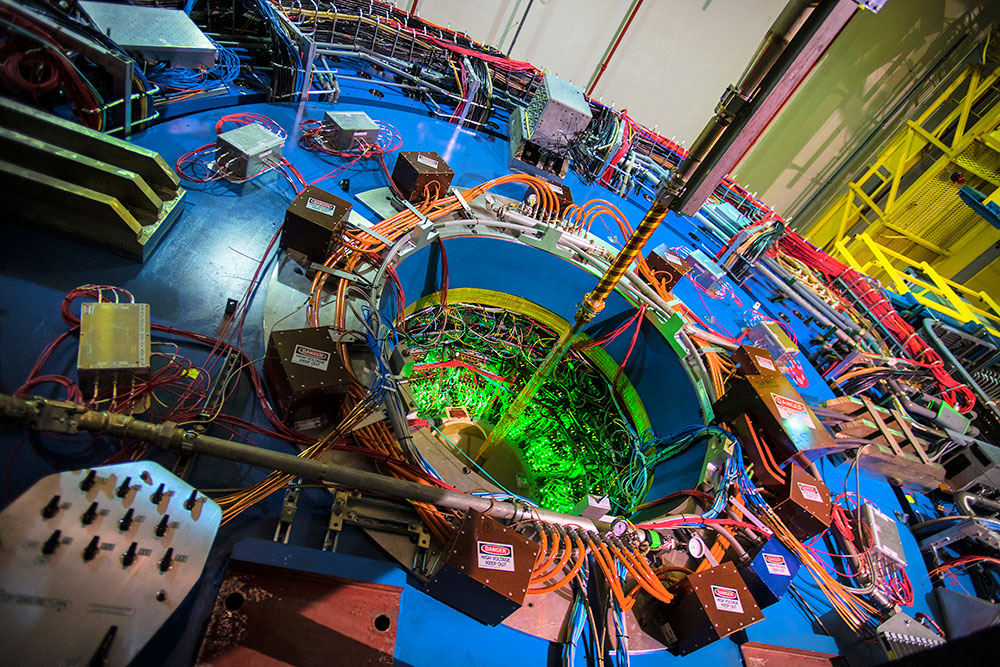
New Driver for Shapes of Small Quark-Gluon Plasma Drops?
New measurements of how particles flow from collisions of different types of particles at the Relativistic Heavy Ion Collider (RHIC) have provided new insights into the origin of the shape of hot specks of matter generated in these collisions. The results may lead to a deeper understanding of the properties and dynamics of this form of matter, known as a quark-gluon plasma (QGP).
STAR Physicists Track Sequential ‘Melting’ of Upsilons
Recent data from the Relativistic Heavy Ion Collider show how three distinct variations of particles called upsilons “melt,” or dissociate, in the hot particle soup that existed in the very early universe. The results from the STAR experiment support the theory that this hot matter is a soup of “free” quarks and gluons. Measuring how different upsilons dissociate helps scientists learn about the quark-gluon plasma.
A Simple Solution for Nuclear Matter in Two Dimensions
Understanding the behavior of nuclear matter is extremely complicated, especially when working in three dimensions. Mathematical techniques from condensed matter physics that consider interactions in just one spatial dimension (plus time) greatly simplify the problem. Using this two-dimensional approach, scientists solved the complex equations that describe how low-energy excitations ripple through a system of dense nuclear matter such as exists at the center of neutron stars.

Resolving a Mathematical Puzzle in Quarks and Gluons in Nuclear Matter
Theoretical calculations involving the strong force are complex in part because of the large number of ways these calculations can be performed. These options include “gauge choices.” All gauge choices should produce the same result for the calculation of any quantity that can be measured in an experiment. However, it is difficult to obtain consistent results when using one particular choice, “axial gauge.” New research resolves this puzzle.
RHIC Gets Ready to Smash Gold Ions for Run 23
The start of this year’s physics run at the Relativistic Heavy Ion Collider (RHIC) also marks the start of a new era. For the first time since RHIC began operating at the U.S. Department of Energy’s Brookhaven National Laboratory in 2000, a brand new detector, known as sPHENIX, will track what happens when the nuclei of gold atoms smash into one another at nearly the speed of light. RHIC’s STAR detector, which has been running and evolving since 2000, will also see some firsts in Run 23.
Nucleons in Heavy Ion Collisions Are Half as Big as Previously Expected
To understand quark-gluon plasma, theorists compare a sophisticated model to a large amount of experimental data. One of the parameters in this model is the size of the nucleons inside the two colliding lead nuclei. Low-energy experiments find a nucleon size of around 0.5 femtometers, while heavy ion experimental data have found a much larger nucleon size, of about 1 femtometers. A new analysis of heavy ion experimental data includes the experimentally measured reaction rate of lead-lead collisions to arrive at a nucleon size of 0.6 femtometers.
Hitting Nuclei with Light May Create Fluid Primordial Matter
A new analysis supports the idea that photons colliding with heavy ions create a fluid of “strongly interacting” particles. The results indicate that photon-heavy ion collisions can create a strongly interacting fluid that responds to the initial collision geometry and that these collisions can form a quark-gluon plasma. These findings will help guide future experiments at the planned Electron-Ion Collider.

Clear Sign that QGP Production ‘Turns Off’ at Low Energy
Physicists report new evidence that production of an exotic state of matter in collisions of gold nuclei at the Relativistic Heavy Ion Collider (RHIC) can be ‘turned off’ by lowering the collision energy. The findings will help physicists map out the conditions of temperature and density under which the exotic matter, known as a quark-gluon plasma (QGP), can exist and identify key features of the phases of nuclear matter.
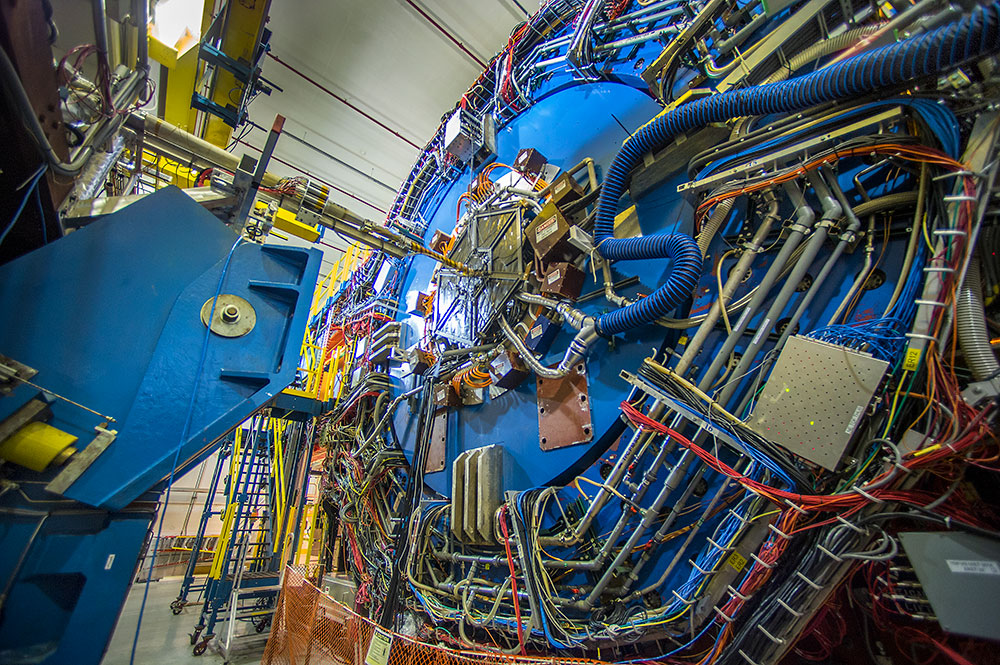
Study Reveals How Some High-Energy Particle ‘Jets’ Lose Energy
Scientists studying particle collisions at the Relativistic Heavy Ion Collider (RHIC) have revealed how certain particle-jets lose energy as they traverse the unique form of nuclear matter created in these collisions. The results should help them learn about key transport properties of this hot particle soup, known as a quark-gluon plasma (QGP).
Measuring the Speed of Sound in Dense Nuclear Matter
Theoretical physicists have proposed a new method to measure the speed of sound in quark-gluon plasma. The speed of sound is determined by a material’s properties, so measuring it helps scientists understand that material. These studies reveal the way quarks and gluons interact with each other and offers new insights on matter in the early Universe.
Signs of “Turbulence” in Collisions that Melt Gold Ions
A new analysis of collisions of gold ions shows signs of a “critical point,” a change in the way one form of matter changes into another. The results hint at changes in the type of transition during the shift from particles to the quark-and-gluon “soup” that filled the early universe. This helps scientists understand how particles interact and what holds them together.
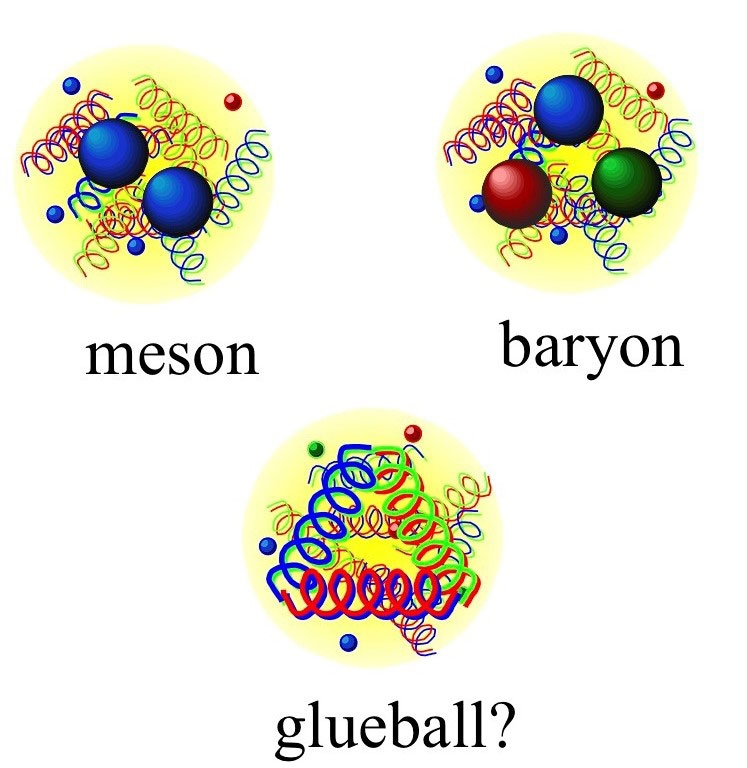
Searching for Signs of ‘Glueballs’ in Proton-Proton Smashups
In principle, the universe should contain objects composed only of gluons in a sea of quark-antiquark pairs. However, scientists’ experiments have never definitively confirmed these hypothetical objects, called “glueballs.” Now, scientists are using the Relativistic Heavy Ion Collider to search for signs of these glueballs.
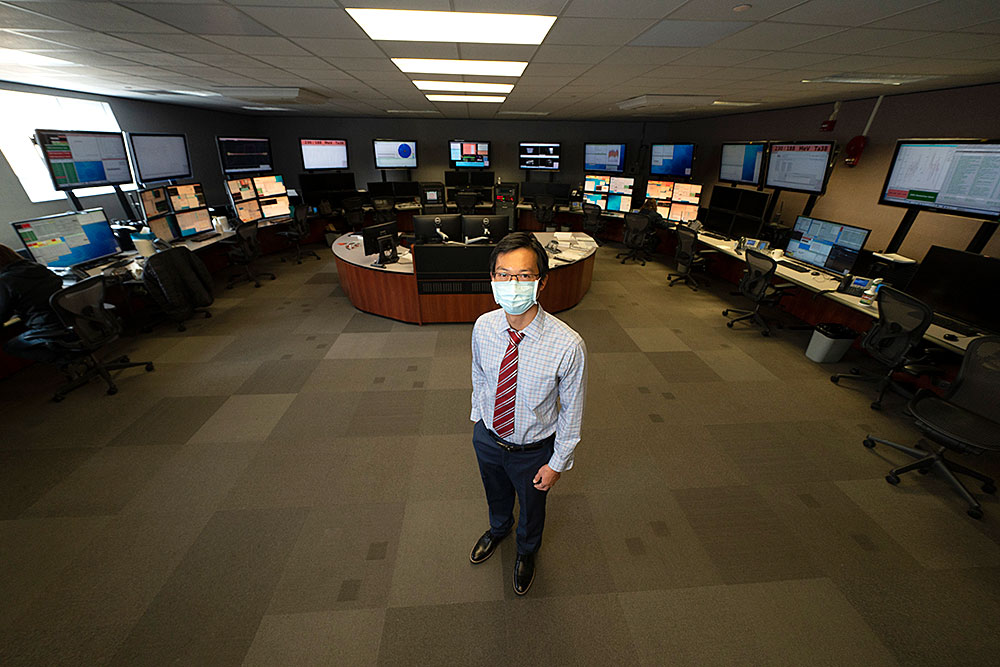
RHIC Run 21: Pushing the Limits at the Lowest Collision Energy
Accelerator physicists are preparing the Relativistic Heavy Ion Collider (RHIC), a DOE Office of Science user facility for nuclear physics research at DOE’s Brookhaven National Laboratory, for its 21st year of experiments, set to begin on or about February 3, 2021. Instead of producing high-energy particle smashups, the goal for this run is to maximize collision rates at the lowest energy ever achieved at RHIC.

When Tiny, Energetic Worlds Collide
Scientists use collisions of heavy ions moving near the speed of light to recreate and investigate the quark-gluon plasma (QGP). By measuring the attenuation of fast particles travelling through the QGP, physicists learn more about the QGP and the conditions that existed shortly after the Big Bang.
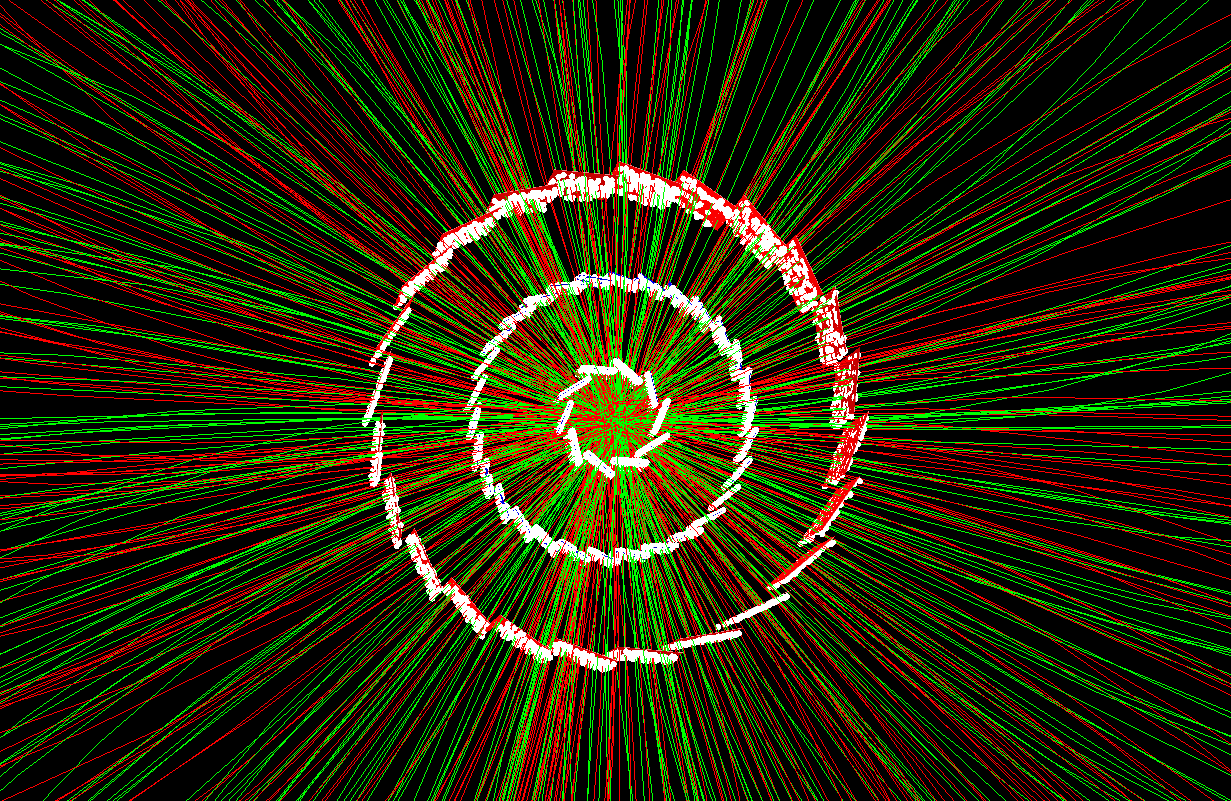
Charm Quarks Offer Clues to Confinement
Nuclear physicists are trying to understand how particles called quarks and gluons combine to form hadrons, composite particles made of two or three quarks. New research suggests quarks in the hot soup created in particle collisions at RHIC recombine directly.